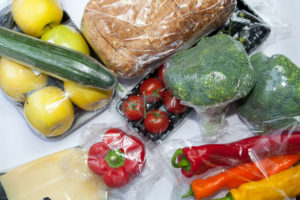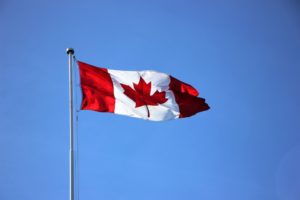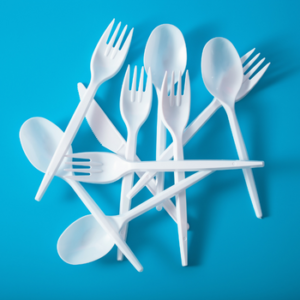Ottawa’s proposed single-use plastics ban is a step forward, but falls short
In December, Canada published draft regulations that propose banning certain single-use plastics – including checkout bags, cutlery, straws, ring carriers, stir sticks, and Styrofoam and PVC food service ware. It’s among the more comprehensive bans in the world, and is a positive, though incomplete, step toward a circular plastics economy.
After all, our wasteful, throwaway plastic economy has to change. Plastic garbage litters communities, overwhelms landfills and burdens local taxpayers. Plastic production is doubling every 20 years – driving excessive oil and gas production, which directly threatens the world’s climate.
Worse, plastic chokes our storm drains and oceans. Globally, plastic pollution kills countless fish, more than a million seabirds and 100,000 marine mammals every year. Plastic bags entangle and drown seals and dolphins, and are eaten by turtles mistaking them for jellyfish. Six-pack rings strangle seabirds. Styrofoam food containers fragment into small pieces that choke animals. Plastic cutlery and straws also break down and are eaten.
As a result, microplastic particles are now everywhere – in water and beer, seafood and salt, fruits and veggies, and the very air we breathe. British Columbia is no exception: A 2014 Vancouver Aquarium study found 3,000 particles of plastic per cubic metre of seawater in the Strait of Georgia, while a 2018 Royal Roads University study found microplastics in every batch of Vancouver Island shellfish analyzed. Another study finds that returning B.C. salmon ingest up to 90 particles of plastic a day.
This raises increasing concern about potential human-health risks – whether cancers, reduced fertility and immune function, developmental disorders in children, or rising obesity rates in adults.
The good news is that governments worldwide, including Canada, are starting to address the problem. However, this is just the opening act for a future that requires broader and stricter regulation of plastics. As currently written, Ottawa’s proposed ban, while helpful, can do better.
First, it contains loopholes and exemptions that will reduce their effectiveness. For instance, they allow manufacturing single-use plastics – if the plastics are then exported to other countries. But this “not in my backyard” attitude overlooks that the ocean doesn’t consider national borders – plastic pollution in one location can, and does, contribute to plastic pollution worldwide.
Another problem is that the definition of “single-use” straws and cutlery is tied to their durability in hot water. Manufacturers could circumvent the proposed ban by designing theirs to be thicker and more durable – thereby avoiding being categorized as “single use.” Ironically, this could compound the problem if the products take more plastic to produce, are still tossed after a single meal and take even longer to degrade in the environment. That definition needs tweaking.
In addition, the proposed ban on single-use plastic checkout bags should be expanded to include single-use plastic produce bags that also entangle and smother marine species. Consumers should be able to carry reusable produce bags or go bag-free – as they have been doing in France since 2017.
Finally, the draft regulations also fail to ban the use of toxic plastic additives, such as phthalates and bisphenols, in takeout containers. Canada acknowledges that some are toxic to human health – but the current ban on their use in certain children’s products doesn’t go far enough. Banning toxic bisphenols and phthalates in single-use food containers is necessary.



